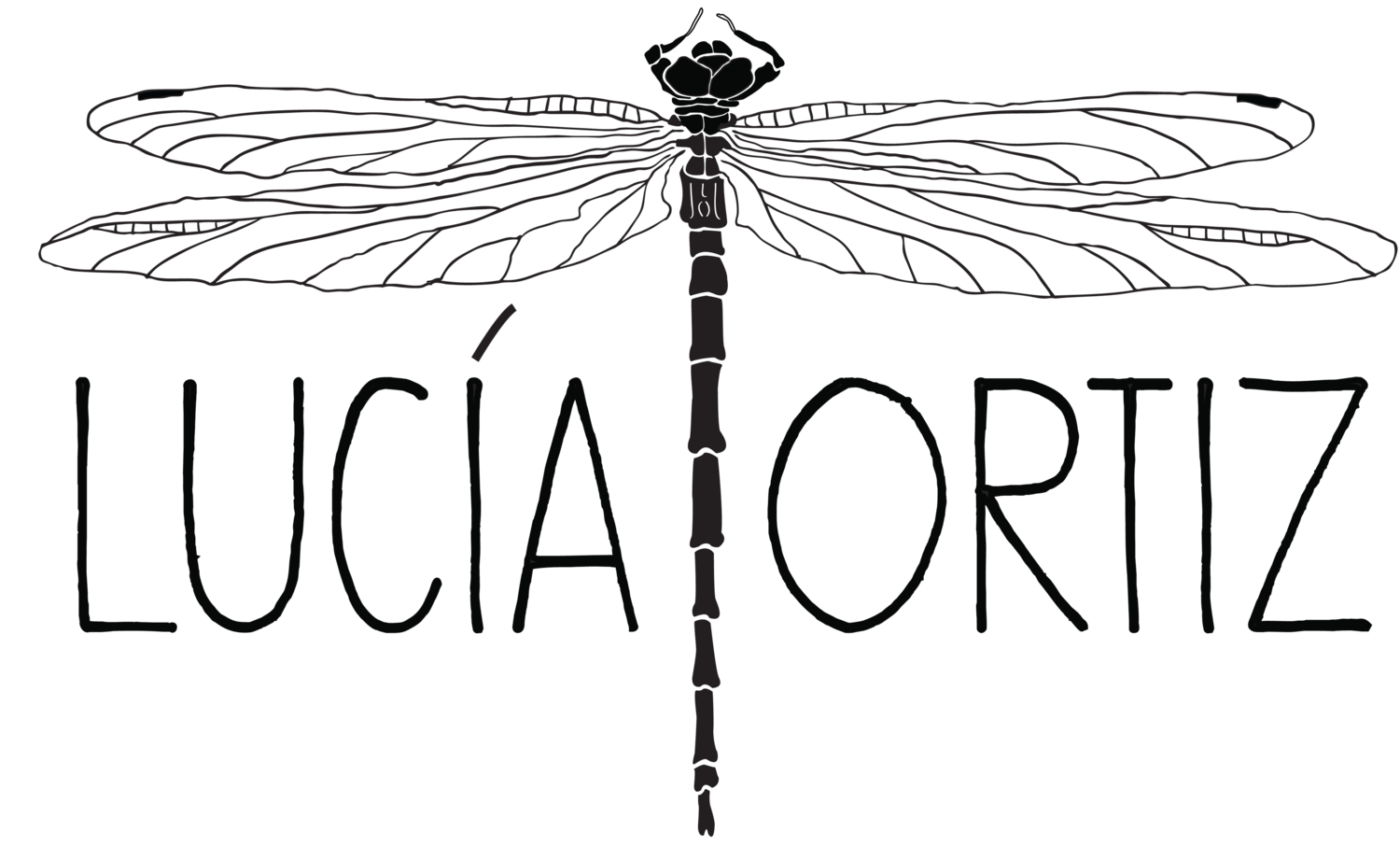research
All essays were written throughout Lucía's undergraduate studies at Savannah College of Art and Design
The Uncanny and the Sublime: The Collaborative Works of Paul McCarthy and Mike Kelley
This research functions as a survey of Mike Kelley and Paul McCarthy’s collaborative works in relation to each artist’s individual practice. The scope of the investigation ranges from an analysis of their collaborative works: Family Tyranny: Modeling and Molding, and Heidi: Midlife Crisis Trauma Center and Negative Media-Engram Abreaction Release Zone.
Each collaboration increases in its complexity, making it imperative to study their chronological progression and how each work informed the next one. Authoritarian power structures, as well as social hierarchies are thoroughly analyzed, functioning as a common denominator throughout the work. Simultaneously, both Kelley and McCarthy receive individual attention that distinguishes each person’s role within the artwork, as their collaborations reveal truths about one another, separating the infamous pair.
Vices of life: a survey of genre in bruegel's seven deadly sins
This research functions as an exploration of the visual language of genre employed by Pieter Bruegel in artworks that center around the subject of sin and folly. A thorough analysis of the visual strategies used by Bruegel will reveal how scenes of everyday life affect their subject’s moralizing vocabulary. The scope of the investigation focuses on an examination of Bruegel’s imagery in his series of The Seven Deadly Sins. The artist's approach to genre imagery within the realm of sin reveals the didactic agenda that underlies these series. The connection between images of everyday life to those of sin acts as a warning that even in everyday life, sin happens. Although the artworks in question are not commonly regarded as genre pieces, this investigation seeks to prove otherwise, stressing the idea that everyday life and the act of sinning are surreptitiously intermingled. Furthermore, this study intends to answer the following questions: What can the genre imagery found in these pieces reveal about the nature of the human condition? What is the relevance of employing such imagery in a didactic environment admonishing sinful acts? Since the illustrated activities belong to “everyday life,” can they ever be not sinful?
Emil nolde: primitive purity
The beginning of the 20th Century brought forth an array of turbulent and contradicting emotions that spread throughout the Western world. As industrialization and technology paved the way for metropolitan cities to become what they are today, nations were eager to utilize their new advances in warfare. Astonishingly, the arts took a drastic turn at the brink of war; the prospect of an oncoming doom allowed artists to free themselves from academic tradition and bloom through the pursuit of a heightened expression and spirituality. Some artists viewed the changing world as a sign of progress and prosperity, others, such as Emil Nolde, feared what this change would bring, as he perceived, a dehumanization of man and loss of spirit. Not surprisingly, he turned to the study of other cultures that he considered pure and unscathed by the amoral atrocities of modern man. He found such spiritual purity through the active study and expression of “primitivism,” and its link to Christianity.
FROM MEMLING TO HEYDEN: A DEVELOPMENT OF HELL ICONOGRAPHY
The vehement nature in which Hell is studied throughout Art History suggests a personal and/or contextual relation to the subject matter. This, in turn, allows for the study of Hell’s iconography as being a reflection of the historical context of the time in which different depictions were made. When observing various examples of Hell, one can ascertain different aspects of the motif. However, as is the practice of the study of Art History, one cannot separate different depictions from their historical context. The purpose of this essay is to examine the content of hell imagery and iconography in the Northern Renaissance, and assess how these reflect their respective historical moments. This study will be carried out through the examination of three works: Hans Memling’s Triptych with the Last Judgment (1467-71), Lucas Cranach the Younger’s Luther Preaching with the Pope in the Jaws of Hell (1550), and Pieter van der Heyden’s The Descent of Christ into Limbo (1561).
BETSABEÉ ROMERO: Tradition and Transition
For more than ten years, Betsabeé Romero has focused her work towards the elaboration of a critical discourse concerning the semantics of symbols and rites within various cultures and global consumerism. Likewise, she has demonstrated an interest in taking on the issue of public art versus contemporary art, focusing on its permanence and its relation to various audiences. As a citizen of Mexico City and a constant traveler, she has been continuously exposed to various societies worldwide, and she juxtaposes what she learns from her travels with the cultural elements that compose her own background. Her most recent exhibition, Lágrimas Negras (Black Tears), which has been exhibited in several countries, was curated by Julián Zugazagoitia, who said that “In each of her projects, Romero reaffirms her ties to images and iconographies which come from a Mexico in centuries of transition.”





